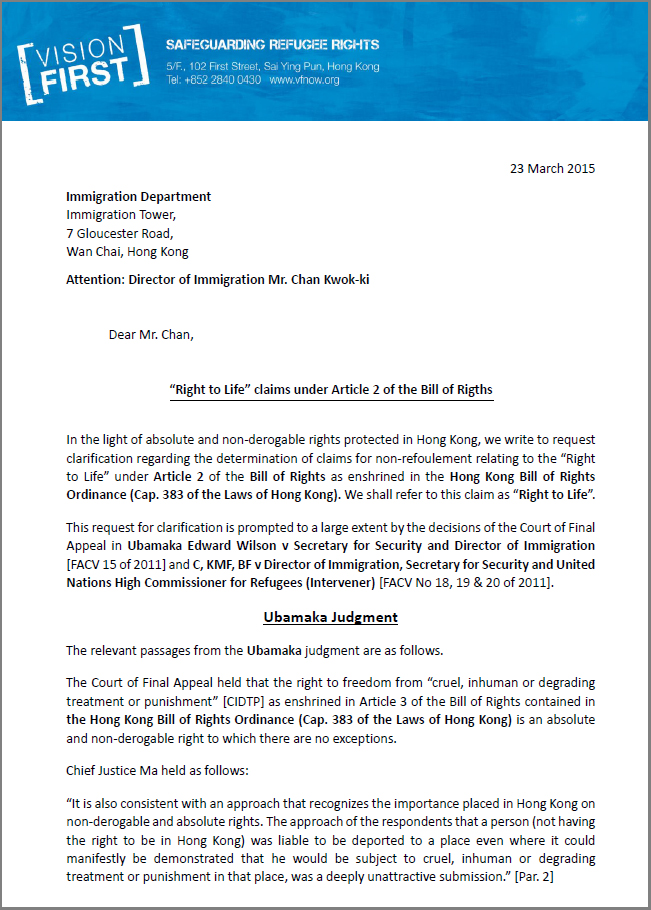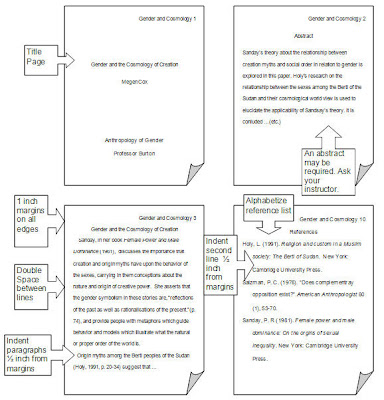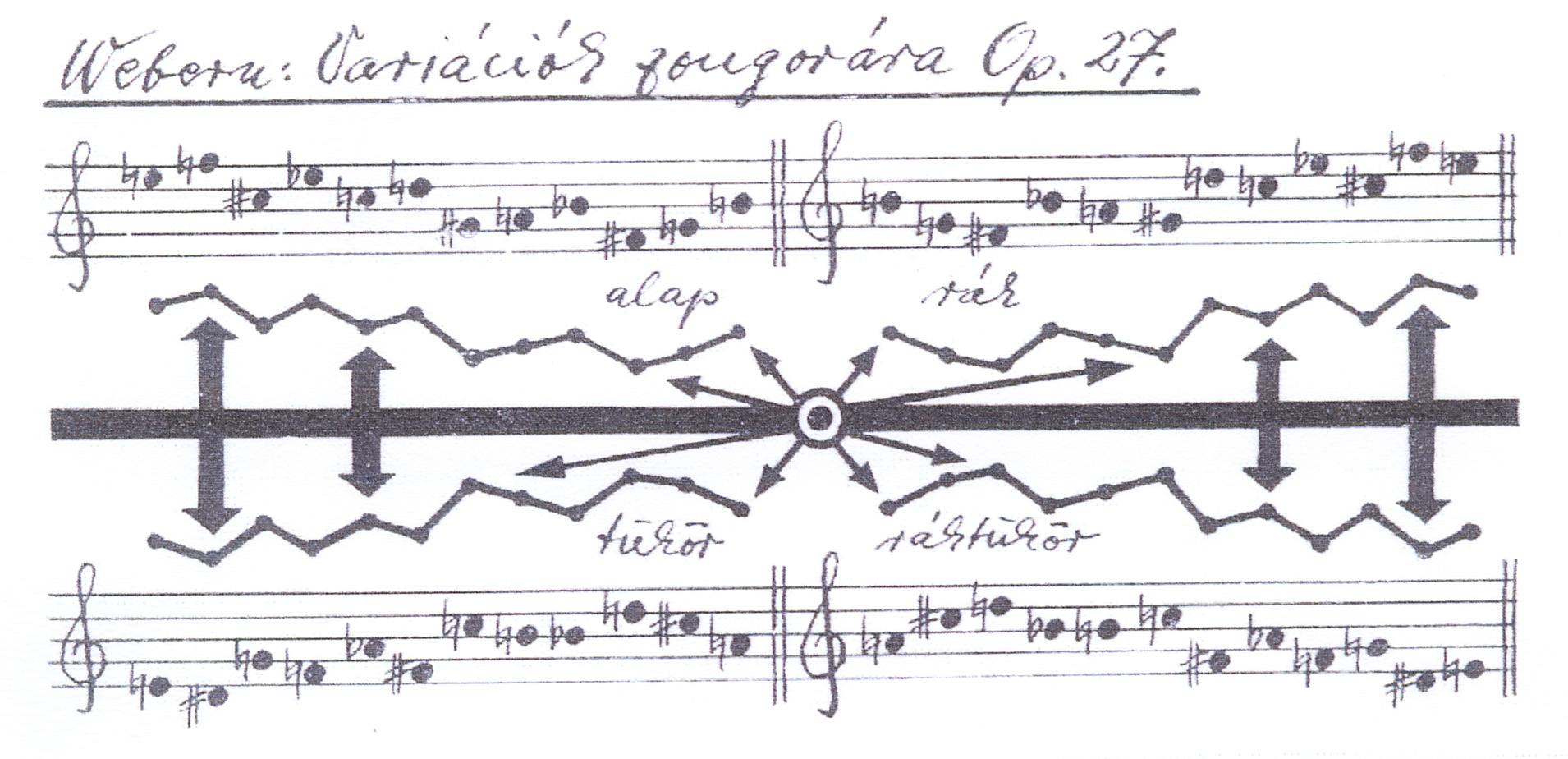Plato’s “The allegory of the Cave” Essay.
Plato’s “The allegory of the Cave” addresses so many different areas of philosophy including, epistemology, metaphysics, asceticism, ethics, etc. In his allegory it is important to seek what Plato is trying to accomplish through locating his rhetorical devices, his tone, his position and arguments, in order to develop meaning to his allegory. Plato’s philosophies include education.
In Allegory of the cave, Plato has also described about our perception. He says that there are two types of perception: sensory perception and spiritual perception. Sensory perception is the world of appearance, which we perceive, with the help of our sensory organs. For this, world is the world of illusion. It is the world of shadows so in Plato’s view it is the world of falsehood. The.

The “Allegory of the Cave” by Plato represents an extended metaphor that is to contrast the way in which we perceive and believe in what is reality. The thesis behind his allegory is the basic opinion that all we perceive are imperfect “reflections” of the ultimate Forms, which subsequently represent truth and reality.

The Giver is very significant to Plato’s “Allegory of the Cave’s” plot and morals. In the allegory, there are five prisoners, and one of the prisoners has escaped. The escaped prisoner has gained the access o knowledge that the other prisoners do not have. The escaped prisoner is peeved because he cannot explain it to them; he feels as if that is fundamental information. When he comes.

In the Allegory of the Cave Plato represents mans condition as being chained in a cave, with only a fire behind him. He perceives the world by watching the shadows on the wall. He sits in darkness with the false light of the fire and does not realize that this existence is wrong or lacking. Much like the matrix, it merely is his existence he knows no other nor offers any complaint.

The allegory of the cave is found in his work, the Republic and involves a fictitious dialogue between Plato's teacher Socrates and Plato's brother Glaucon. The philosopher imagines certain people chained in a cave with their view on a wall. They are not able to turn their heads and can only see shadows which are projected to the walls by fire which is behind them. They are unaware that they.

Plato's Allegory Of The Cave Essay - The Plato’s Allegory of the Cave The Plato’s Allegory of the Cave written by Plato is a dialogue between Plato’s brother Glaucon and Plato’s mentor Socrates. In the story, Plato presents a prisoner chained to the ground within a cave, and is facing a wall with animated puppets, which are the shadows.

Describe Plato allegory of the cave (25 marks) Plato is one of the most important Greek philosophers and a pupil of Socrates. He founded the Academy in Athens, an institution devoted to research and instruction in philosophy and the sciences. His works on philosophy, politics and mathematics which were very influential. The complex meanings that can be perceived from the “Cave” can be seen.

Plato’s Allegory of the Cave. Plato’s Allegory of the cave is a written dialogue between his. the prisoners were freed from the cave, the lights from the outside world would first pain their eyes,. explained by his little analysis of how the man first was blinded by the light and.

Example research essay topic: Allegory Of The Cave Plato Allegory - 1,007 words. Search. NOTE: Free essay sample provided on this page should be used for references or sample purposes only. The sample essay is available to anyone, so any direct quoting without mentioning the source will be considered plagiarism by schools, colleges and universities that use plagiarism detection software. To.

Plato, The Allegory of the Cave The son of a wealthy and noble family, Plato (427-347 B.C.) was preparing for a career in politics when the trial and eventual execution of Socrates (399 B.C.) changed the course of his life. He abandoned his political career and turned to philosophy, opening a school on the outskirts of Athens dedicated to the Socratic search for wisdom. Plato’s school, then.

Allegory of the Cave Essay Sample. The Allegory of the Cave is a deep theoretical philosophical scenario that is being described by Plato in the form of a progressive conversation which begins with Socrates having a fictitious conversation with his brother Glaucon. The conversation between both brothers deals with the lack of knowledge of humanity and the ethics that society has created. This.

The Plato’s “Allegory of the Cave” shows an extended metaphor, contrasting the way people perceive and believe in what is considered to be real. The thesis is that the main perceived tenets are the reflections of the ultimate Forms that finally represent truth and reality. The author shows a cave where prisoners are chained down and besides, they made look upon the front wall of the cave.


